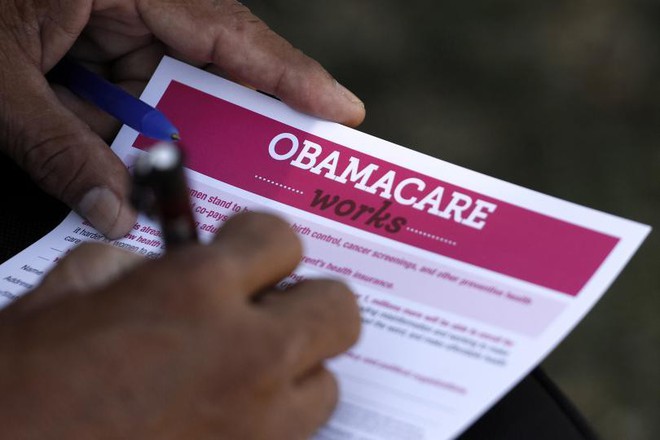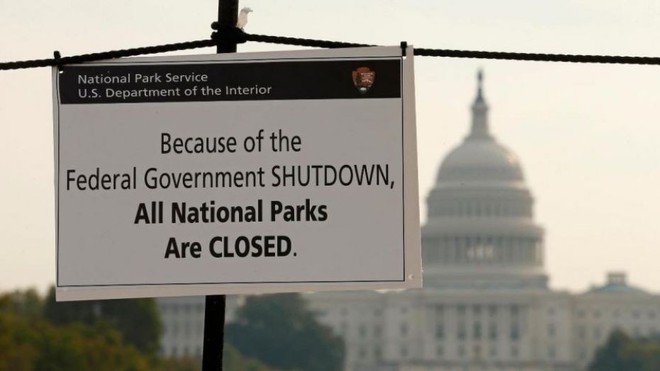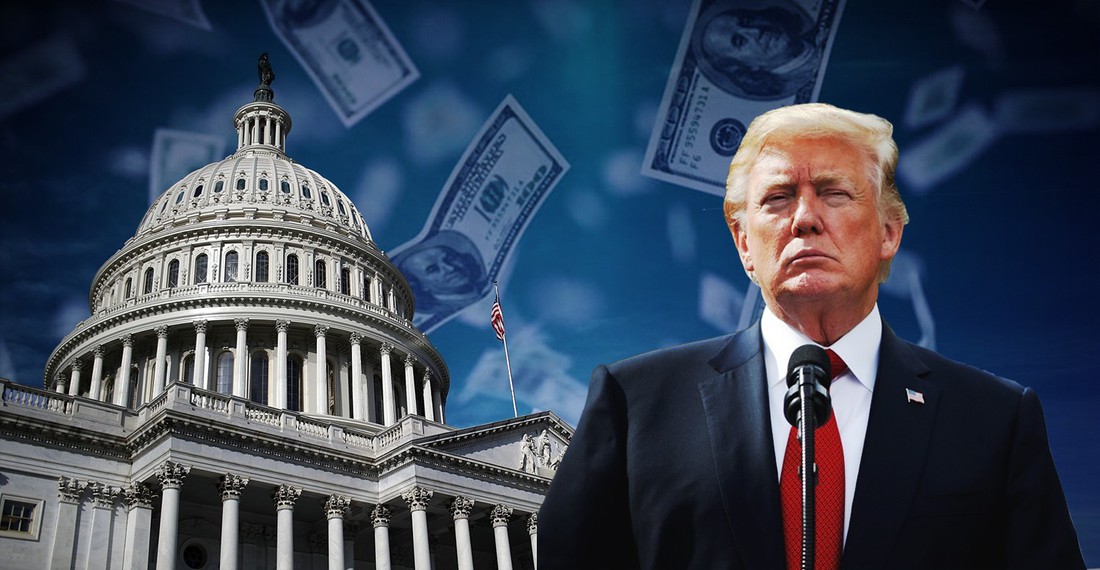US federal government debt just surpassed the $20 trillion mark and public officials do not seem to care. They should!
One reason for the lack of concern about the debt is that few people can conceive of how much money 20 trillion dollars is. According to the www.nationaldebtclocks.org if you stack 20 trillion $1 bills on top of one another, the pile will reach 2,238,423 km or 1,390,891 miles high, the equivalent of 6 trips to the moon.
The US government owes about $20.5 trillion (or $20,500,000,000,000) as of February 8, 2018. That works out to $63,217 per US citizen and $170,400 per US taxpayer. The annual US Gross Domestic Product (GDP) is $19.6 trillion. So, the US has debt equivalent to 107% of everything the country produces in one year. Interest on the debt is $185 billion.
The debt originates from a combination of too much federal government spending, lower economic growth, and failure to collect enough tax revenues. The federal government spends about $4 trillion annually but falls short in revenues by $600 to $700 billion. These revenue shortfalls—the budget deficit—then gets added to the debt.
Japan is worse off than the US. Its debt is $9.5 trillion or 250% of GDP. France is about the same as the US at $2.2 trillion or 99% of GDP. Germany is better off at $2.5 trillion or 69% of GDP. China is the best at $4.7 trillion or 43% GDP.

The amount of US debt is staggering, but its growth is even more troubling. World War II was the last time US debt reached 100% of GDP.
From the time President Barack Obama came to office in January 2009 and left office in January 2017, he nearly doubled the debt so that it totaled more than all previous US presidents combined: from $10.6 trillion to $19 trillion.
Obama faced the global financial crisis of 2008 and attempted to mitigate it with nearly $1 trillion by cutting taxes, extending unemployment benefits, increasing domestic spending including on infrastructure. Obama spent just under $900 billion on the Middle East wars.

U.S soldiers prepare to participate in a training mission outside Baghdad, Iraq. Photo: AP
In previous years (2001-2008), President George W. Bush added more than $5 trillion in debt, largely funding tax cuts and paying for the Afghan and Iraq wars costing more than $2 trillion.
Obama and Bush also faced huge "mandatory" expenditures for Social Security—the federal pension system for the elderly—and Medicare—the federal medical insurance plan also for the elderly. Both programs account for 62% of all federal spending at $2.5 trillion. Presidents have more "discretion" in spending on the military budget at $1 trillion.
Obama ran up the largest federal budget deficits—shortfalls in revenues collected versus expenditures made—of all time. In 8 years in office, Obama was short $6.7 trillion. Bush, in 8 years, was much less at $3.3 trillion.
President Donald Trump is not responsible for debts or deficits in 2017. Those are all Obama’s. Incoming presidents are stuck with their predecessor’s made during the previous fiscal year. What will Trump do?
During his campaign for president, Trump promised to greatly reduce the debt by growing the economy and lowering wasteful federal spending. He promised to end foreign wars and eliminate trade deficits. He also promised massive tax reductions and reforms, and elimination of costly federal regulations.
Trump has dismantled federal regulations that cost businesses around 26 billion USD in 2017.
Trump cut some federal programs by as much as a third—Environmental Protection Agency and State Department—but he has been forced to increase Defense. He hopes that dismantling Obama’s health insurance plan will contribute savings, but this appears less likely.

A man fills out an information card during an Affordable Care Act outreach event hosted by Planned Parenthood for the Latino community in Los Angeles Sept. 28, 2013. Photo: Reuters
Trump announced that he would not touch Social Security or Medicare budgets.
Recently, Congress approved tax cuts and reforms for individuals and corporations intended to stimulate the economy. Assuming economic growth at 3% to 5%, Congress estimated that this would pay for the tax cuts. Various credible experts estimate that the tax cuts will cost between $1 trillion to $1.5 trillion.
On February 8, 2018, Congress, in an effort to avoid another government shut down, added another $500 billion to the deficit over the next two years, and raised the borrowing limits imposed on the US Treasury. Congressional Repblicans wanted more Defense spending, while Democrats wanted more for domestic programs. Everyone was happy with the increased budget, for now!
In spite of promising to reduce the budget deficit, according to Forbes magazine, will likely yield deficits for the next few years at $700 million. Adding a few hundred billion from tax cuts to these budget deficits yields debt at just under $1 trillion annually. With the spending increases in February, the debt will rise to $1.1 trillion.
Many experts, and apparently Congress, have thrown up their hands proclaiming at $1 trillion in additional debt yearly is the "new normal." I expect that since the Congress and President are willing to exceed $1 trillion annually, they will not flinch in adding even more.

The short answer is that US political parties and the constituencies they represent have an appetite for spending that far exceeds their ability to pay. Trying to reduce spending always leads to fierce political battles between those benefit and those who lose, but in the end, the debt and deficits keep piling on. Even members of the Tea Party in Congress who were elected to reduce federal spending and the debt have "gleefully" added to the budget deficit and debt.
Consider Social Security and Medicare. Both are rapidly growing deficits and debt with little end in sight. By 2034, Social Security will be able to pay only 80% of benefits from tax revenues; it is short $6 trillion at present. To make matters worse, the federal government borrows money from Social Security which is forced to buy government bonds. So the government owes money to itself. Does anyone see anything wrong with this system?
At any rate, taxpayers paid into these programs for their entire working lives and are unwilling to see their benefits reduced or even eliminated. The only way to mess with these programs is for Congress to pass legislation to change them. But, elderly people are a large portion of the population and they vote. No political party and few politicians are willing to take on this powerful group.
Taking out Social Security and Medicare leaves only "discretionary" programs as targets to reduce budget deficits. Political parties differ on how to reduce spending or reallocate it. Republicans like to reduce domestic spending, while Democrats want to increase it. Defense spending is a favorite of Republicans, while Democrats prefer to lower defense spending to increase domestic programs. As noted, the solution to the dilemma was simply to give everyone what they wanted and add more debt.
The Defense budget, if included in the total budget along with Social Security and Medicare, is 16% of the budget; if only discretionary programs are included, Defense is 57% of the budget. Everyone always wants wars to end so that the money saved on defense can be spent on other programs. Unfortunately, the wars never end but the money to fund them often gets reallocated. Once money is reallocated, it rarely gets reduced in future budgets: once people get accustomed to "free stuff" they won’t give it up.
In 2011, Congress passed the Budget Control Act (BCA) which, among other things, put "hard" caps on military spending totaling $1 trillion, devastating military capabilities. Some 20,000 soldiers were rifted out of the military, and the Air Force is short 2,000 pilots, as examples! Trump was only able to get a Defense budget at the same level as Obama’s.
The cap forced pro-defense congressman to increase military spending by including "emergency" spending ($59 billion) in the defense budget which is not subject to caps. Such budget increases are not permanent, so the defense budget is unstable year after year. Many thought the Defense reductions were foolish given Middle East and Asian Pacific regional obligations.
To illustrate how Congress protects spending it likes from mandatory cuts under BCA, Democrats exempted cuts to Medicaid (and a program for children)—a health insurance program for poor people—and Food Stamps—a program to subsidize food for the poor. Medicaid covers 70 million people, Food Stamps 43 million, at $566 million and $71 billion, respectively. All "safety net programs" were budgeted at $740 billion, or 19% of the total federal budget.
After World Wars I and II, Congress tried to solve the debt crisis by limiting the amount of money the government could borrow. This has rarely worked in practice. Every time government borrowing approaches the debt limit, Congress, after much political battling, raises the debt ceiling.
Three times, 2018, 2013 and 1995-6, attempts to reduce looming budget deficits led to shutdowns of the federal government.

A shutdown occurs when Congress and the president fail to sign into law 12 appropriations bills to continue providing funding for government operations. (Reuters)
In 2018, Democrats shutdown the government for three days because they wanted Trump to approve Obama’s illegal immigrant amnesty plan for 1.8 million people. They failed. In 2013, Republicans forced a shutdown primarily over Obamacare—the national health insurance program. When Democrats who controlled the Senate and presidency under Obama, refused to compromise on deep budget reductions, Republicans, led by the newly-formed Tea Party—a group of 30 or so fiscal conservatives—refused to pass legislation that would keep the government in operation. They thought that a little "shock therapy" was needed. Following the two-week shutdown, both Republicans and Democrats compromised and reduced the budget. In 1995-6, the Republican Congress shutdown the government for 27 days, when President Bill Clinton vetoed their spending legislation that would cut government spending.
Government shutdowns are extreme measures, but they are used or threatened not only to reduce federal spending, but also to increase it. They are also disruptive. Recently, because of shutdown threats over the debt ceiling, Trump was only able to get congressional authorization to fund the government through mid-January. Then the wrangling will begin again. The February shut down ended because Democrats feared that voters would retaliate against them in this years’ congressional elections.
In the end, it’s all politics. Democrats threatened to shut down the Trump government when he tried to include funding in his budget to build a wall along the Mexican border to keep out illegal immigrants. In 2006, then-Senators Barack Obama and Hillary Clinton voted to fund a border wall! What happened? Democrats saw that they will need Latino voters more in 2018 than they did in 2006. Recall that Trump’s solution to the cost issue was to have the Mexican government build the wall.
The problem with funding caps and debt ceilings is that they throw considerable uncertainty and instability into government funding. And when they are employed, they lead to all kinds of unintended consequences.
Democrats and Republicans alike complain a lot about the growth of debt and budget deficits. Only a handful ever try to do anything about them. When they succeed in passing laws to address the problem, others in Congress simply bypass them or go to extremes with the result that the debt and deficits keep growing.
Americans often say that Congress and the President prefer to "kick the can down the road." Let the children or grandchildren pay the price in the future for our spending now!
Eventually, someone will have to foot the bill.
* Đọc bản dịch bài viết bằng tiếng Việt tại đây.
* For Vietnamese version, click here.

